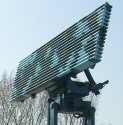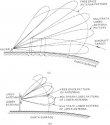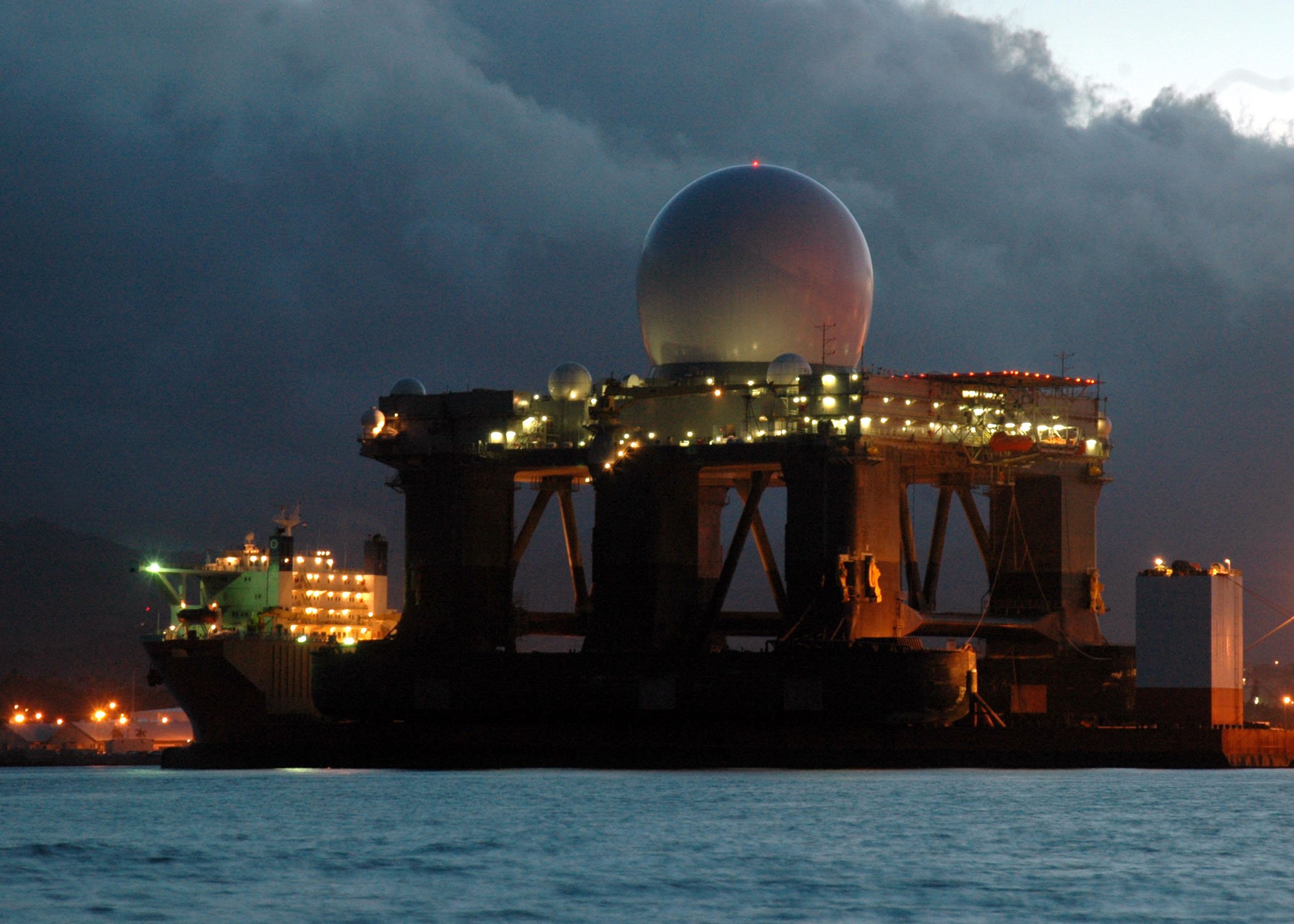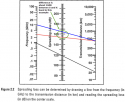First up, I thought the initial conversation was about the Type 055 and not Type 052C? My only point of relevance from the onset was if you don't have facts around the earlier Chinese radar how do you extrapolate forward without a known base to work on.
I don't see how the different classes of ships you mentioned have any direct relevance to the subject of conversation. If there is you need to spell out the nexus. In any case, whatever radar that they have is bound by the radar equation that I mentioned in another post in reply to Max's question.
The main reason I mentioned SPY-6 and its relationship to SPY-1(V)D is because they represent state of the art technology Isn't that relevant as your objective was to discuss the type 055?
Okay, so the original discussion I started off was about 052C's guidance concept and what that may mean for 055's guidance concept.
The inherent capability of SPY-6 or SPY-1 are not directly relevant because it is the way that the systems provide guidance to their respective missiles which matter.
For example, while it is obvious that the SPY-6 as an S band AESA with GaN is more capable than S band AESAs with GaA (like SAMPSON or MF STAR), the greater capability afforded to it by GaN on an equivalently sized array is not something which is relevant for the discussion about the guidance concept of 052C or 055.
In other words -- for the purposes of this discussion, radars like SPY-6 and SAMPSON and MF STAR can essentially be grouped together, because even though the SPY-6 is a more advanced radar primarily as a result of its GaN arrays, the fact that all three radars are S band MFR AESAs is much more consequential.
From there, it becomes a matter of teasing out how those three S band AESAs guide their missiles on the respective ships they are based on -- and when you integrate that information with how a variety of other ships guide their missiles (like SPY-1 equipped Burkes, or Sachsen/De Zeven, or Horizon, or Akizuki, or Grigorovich), can help provide the context needed to think about how 052C's guidance system may slot in and what that means for successive generations such as 052D and 055.
ESSM Block I needs external guidance because they don't have internal sensors. They are short to medium range missiles against OTH sea skimmers and X band are more suited due to sea clutter. Such an architecture is a product of past technology. Their shortcomings are being addressed through Block 2 which dispense with their reliance on any external sensors. It is a function of history, past technology adoption, missile form factor and the nature of the threat and not necessarily an issue specific to SPY-6..
Do you understand the difference between SARH and ARH guided missiles?
Do you understand which radars operating in which bands are necessary for the different engagement phases of a SARH vs ARH guided missile?
I ask these questions not to be a jerk, but because the choice of words you're using to describe the difference between ESSM Block I and Block II suggests you may not have a good grasp of it.
To expand on that:
Both ESSM Block I and Block II can receive targeting information and initial/midcourse guidance from S band radars, regardless of if it's a PESA (like SPY-1) or an AESA (like SPY-6).
However, ESSM Block I, being a SARH guided missile, needs offboard illumination in the terminal phase, and on ships with SPY-1, that illumination comes in the form of SPG-62 illuminators operating in the X band.
On ESSM Block II, being an ARH guided missile, it doesn't need offboard illumination in the terminal phase because it has its own onboard active radar seeker that can guide it in the terminal phase.
In other words, regardless of whether you are a SPY-6 or SPY-1 equipped Flight III or pre-Flight II Burke, your ship will still need SPG-62 illuminators to guide ESSM Block I missiles, however you won't need SPY-62 illuminators to guide ESSM Block II missiles.
It is not about "news" but facts. Those other categories you referenced to are no where in the same category of capability as SPY-6 Please refer to my other post to Max.
AFAIK, the Ty[e 45 is not BMD capable. If you have the facts that state otherwise I am happy to be corrected. It is based on this article which I quote :
I think you actually don't understand the nature of the technology and the radar equation. It is not about frequency bands but the capabilities and associated cost that can or cannot deliver the function require.
My point is that the specific capability of the SPY-6 has no bearing on the discussion because the primary advancement in capability offered by SPY-6 compared to existing S band AESAs is its addition of GaN technology.
As for Type 45; correct, it is not BMD capable -- for a variety of reasons which is worth a discussion of its own -- but it isn't because the SPY-6 is somehow a superlatively unique and capable radar.
An L band at a lower frequency would be good for volume search but would need a higher frequency band to engage either with C or X. I have explained the reasoning in another post. Pairing it with S would not be my preference and superficially I would question such an approach. Are you sure about the S band? Can you please provide a source.
The Type 45's SAMPSON operates in S band and it is paired with the SMART-L, yes.
I personally agree and I think such a configuration offers overlapping capabilities -- X band and L band would be more sensible imo, which is what ships like Sachsen and De Zeven, but here my point is that comparing the SPY-6 with the SMART-L/S1850M is not logical given how they operate on different bands.
It would be like comparing SPY-6 with Thales APAR.
I am not making claims but basing it on public sources as far as the Type 45 is non BMD capable. As to the Smart L-EWC, my impression is that it exist in a marketing literature and not as a real program of record. If it is a program of record please point out the source and what platform it is intended to be installed on.
Again, this is where a cursory background search might be useful.
Yes, the Type 45 isn't BMD capable, but please note I was talking about the capability of SMART-L for BMD applications, not saying that Type 45 is BMD capable at present.
Specifically, the newest SMART-L MM/N radar is BMD capable and has been installed aboard its first ship last year as well (notably being one of the first ships in the world to field a large GaN equipped AESA in service)








